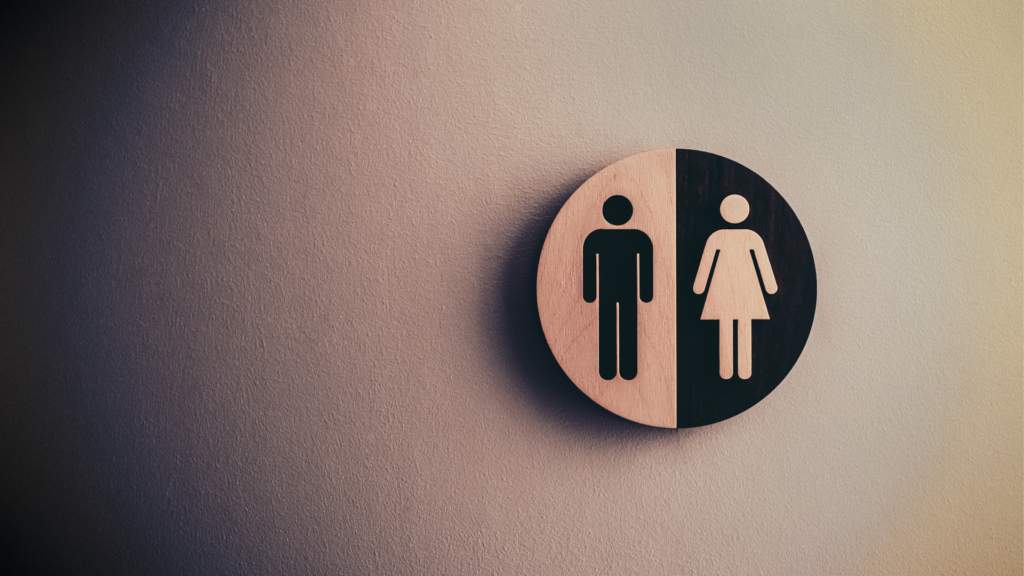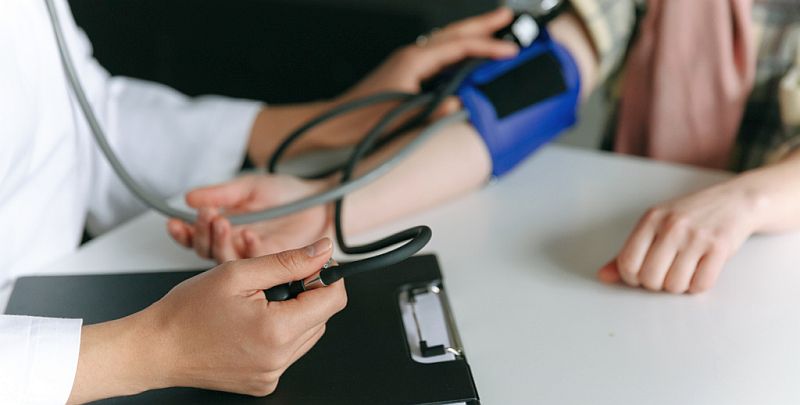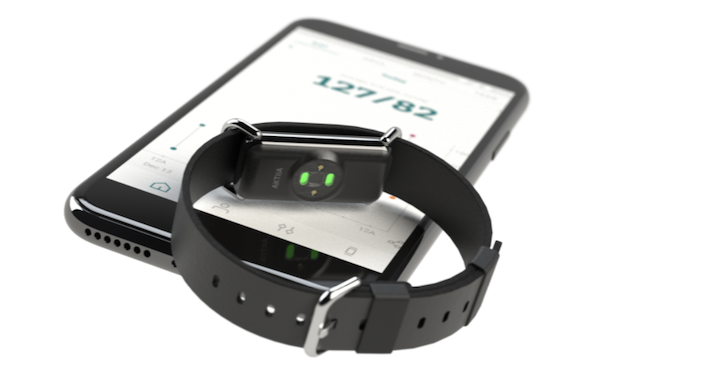Anyone who’s advised to start tracking their blood pressure more often is soon taken down a rabbit hole of questions.
- What’s the correct cuff size?
- Can I measure my blood pressure at home?
- What time of day provides the most accurate data?
- How frequently do I need to measure my blood pressure?
Knowing you have high blood pressure is stressful enough as it is. Naturally, you’ll want to ensure you follow the correct method to check your levels.
So, today we’ll highlight ten essential facts about blood pressure readings and bust common myths to get the truth on the table.
MYTH #1: You don’t need to measure your blood pressure often.
FACT #1: Individual blood pressure readings can be unreliable, so it’s recommended to take measurements several times a day.
How often you should measure your blood pressure depends on a couple of factors:
- How new is your diagnosis?
- How high is your blood pressure?
Those who are newly diagnosed with hypertension, for example, are advised to take three readings in the morning and do the same in the evening to calculate an average.
For those who aren’t newly diagnosed but are known to be at particular risk of cardiac issues, it may be necessary to continue to take readings multiple times a day.
In most cases, people don’t measure their blood pressure often enough.
View this article on why frequent blood pressure monitoring is important to find out more.
MYTH #2: Speaking with people during a blood pressure reading doesn’t affect the result.
FACT #2: Talking leads to raised blood pressure readings.
Cuff on. Cuff off. And repeat.
Traditional blood pressure readings get old, fast. It’s tempting to chat with someone to pass the time while you’re waiting for the machine to finish the measurement. But this is a mistake.
Talking – either in-person or on the phone – can add 10 points to your blood pressure reading. Instead, relax and try to enjoy some quiet time without engaging in conversation.
MYTH #3: You can accurately measure your blood pressure as soon as you sit down.
FACT #3: Recent activity such as walking or standing elevates your blood pressure.
Most people know they should measure their blood pressure while they are seated. However, that doesn’t tell the full story. Think you can get an accurate measurement as soon as you sit down?
Wrong, unfortunately.
An unavoidable fact about blood pressure readings using the traditional method is that a little patience is required to do them right.
Aim to sit down for five minutes before you put the cuff on and turn on the machine.
MYTH #4: Any cuff size is fine to use–it doesn’t really matter.
FACT #4: Using an incorrect cuff size gives you false blood pressure readings.
Trying to find the right-sized cuff to fit your arm can be a tricky task. No wonder people often continue with a cuff that’s too loose or too tight.
You’ll need to measure your arm circumference to figure out the ideal cuff size. Here is a guidance chart if you’re not sure:
| Arm Circumference | Recommended Cuff Size | |
| cm | in | width x length in cm |
| 22 – 26 | 8.7 – 10.2 | 12 x 22 (small adult) |
| 27 – 34 | 10.6 – 13.4 | 16 x 30 (adult) |
| 35 – 44 | 13.8 – 17.3 | 16 x 36 (large adult) |
| 45 – 52 | 17.7 – 20.5 | 16 x 42 (extra-large adult) |
MYTH #5: You can wrap the cuff over your clothing when taking a measurement.
FACT #5: You need to place the cuff over bare skin for a precise reading.
A surprising number of people think that measuring their blood pressure with the cuff over their shirt is okay. Alas, it’s a big no-no!
Committing this error can increase the reading by anywhere from 5 to 50 points.
MYTH #6: Your posture doesn’t matter during a blood pressure measurement.
FACT #6: How you sit will modify the results of the measurement.
Do you usually cross your legs when you sit down? Hopefully not.
A little-known fact is that crossing your legs during a BP reading risks causing the reading to rise by up to 8 points.
It’s best to keep your feet level on the ground with your back well supported.
MYTH #7: Needing to pee does not affect your blood pressure reading.
FACT #7: Having a full bladder may add up to 15 points to your blood pressure reading.
Who would have thought?
Holding in your pee when you need to go isn’t a healthy habit. We all know that. But the impact it has on blood pressure measurements isn’t widely known.

#7 on the list has got to be one of our favorite facts about blood pressure readings to remind people of.
Our top tip? Make sure to empty your bladder before your next reading!
MYTH #8: The position of your arm has no impact on blood pressure measurements.
FACT #8: The arm cuff needs to be at the same height as the heart for an accurate measurement.
This is another common myth to bust.
Ensure the cuff is in line with your heart every time you check your blood pressure.
The cuff needs to be on the correct place on the upper arm, ~2.5 cm above the inner bend in the arm at the elbow.
The cuff is too high on your arm? You’ll get a lower reading.
Is the cuff is too low? You may get a reading that’s up to 10 points higher than your true blood pressure level.
Solve this problem by resting your arm on a table or chair at the appropriate height.
MYTH #9: Only clinicians can provide valid blood pressure readings.
FACT #9: You can correctly measure blood pressure at home, as long as you use the appropriate method.
While your first blood pressure measurement may take place in a clinician’s office, the reality is you can’t visit your doctor every day.

There is a greater risk of invalid results when you check your blood pressure at home without professional guidance.
Nonetheless, if you follow the correct method (as shown in the image above), then you should be able to rely on the reading.
MYTH #10: It’s time-consuming and complicated to check your blood pressure.
FACT #10: New technology allows you to measure your blood pressure more regularly without wasting time.
Earlier, we said that some people may need to measure their blood pressure five times or more each day.
Realistically, that’s over 15 minutes a day, considering the breaks in between each reading. Even checking your blood pressure once per day using the standard cuff method can be time-consuming when you factor in taking the equipment out, getting everything set up, then putting it all away again.
Additionally, having a system to log your readings can take time and effort. Whether you write them down on a notepad or use a spreadsheet, it creates another task to remember throughout your busy day.
Get exclusive access to our expert insights and tips for accurate blood pressure monitoring. Sign up for our newsletter today!
The good news? There’s a new and improved way to measure and manage your blood pressure.
24/7 blood pressure monitoring is now available with a lightweight wearable band and easy-to-use mobile app that automatically collects and stores all of your readings. You can also easily share your results with your loved ones and doctor.

Aktiia is clinically validated and gives you an average of 70+ automatic weekly readings without you having to constantly mess with a traditional cuff. The device even removes the guesswork by only measuring your blood pressure at optimum moments when your body is in the correct position and posture.
| Home BPM (Cuffs) | Aktiia | |
|---|---|---|
| Accurate: Meets ISO81060-2 Standard | ||
| FREQUENCY | 1+ times a day/week | Avg 70+ a week |
| DAY-TIME BP | ||
| NIGHT-TIME BP | ||
| AUTOMATED MEASUREMENT |
If you’re concerned about how to measure your blood pressure more accurately and frequently, check out the automatic 24/7 blood pressure measuring tool we mentioned above by visiting this page.
Disclaimer: The information provided in this article is for general information purposes only and is not intended to be a substitute for professional medical advice. Always consult your physician or qualified healthcare provider for any questions related to a medical condition. The author and publisher are not liable for any harm or damage resulting from the use or misuse of the information in this article.
Sources:
Why Frequent Blood Pressure Monitoring Is Important, August 8, 2022 – https://aktiia.com/uk/why-frequent-blood-pressure-monitoring-is-important-and-7-measuring-errors-to-avoid
Knowledge gaps in getting accurate blood pressure reading, April 30, 2018 – https://newsroom.heart.org/news/knowledge-gaps-in-getting-accurate-blood-pressure-reading



